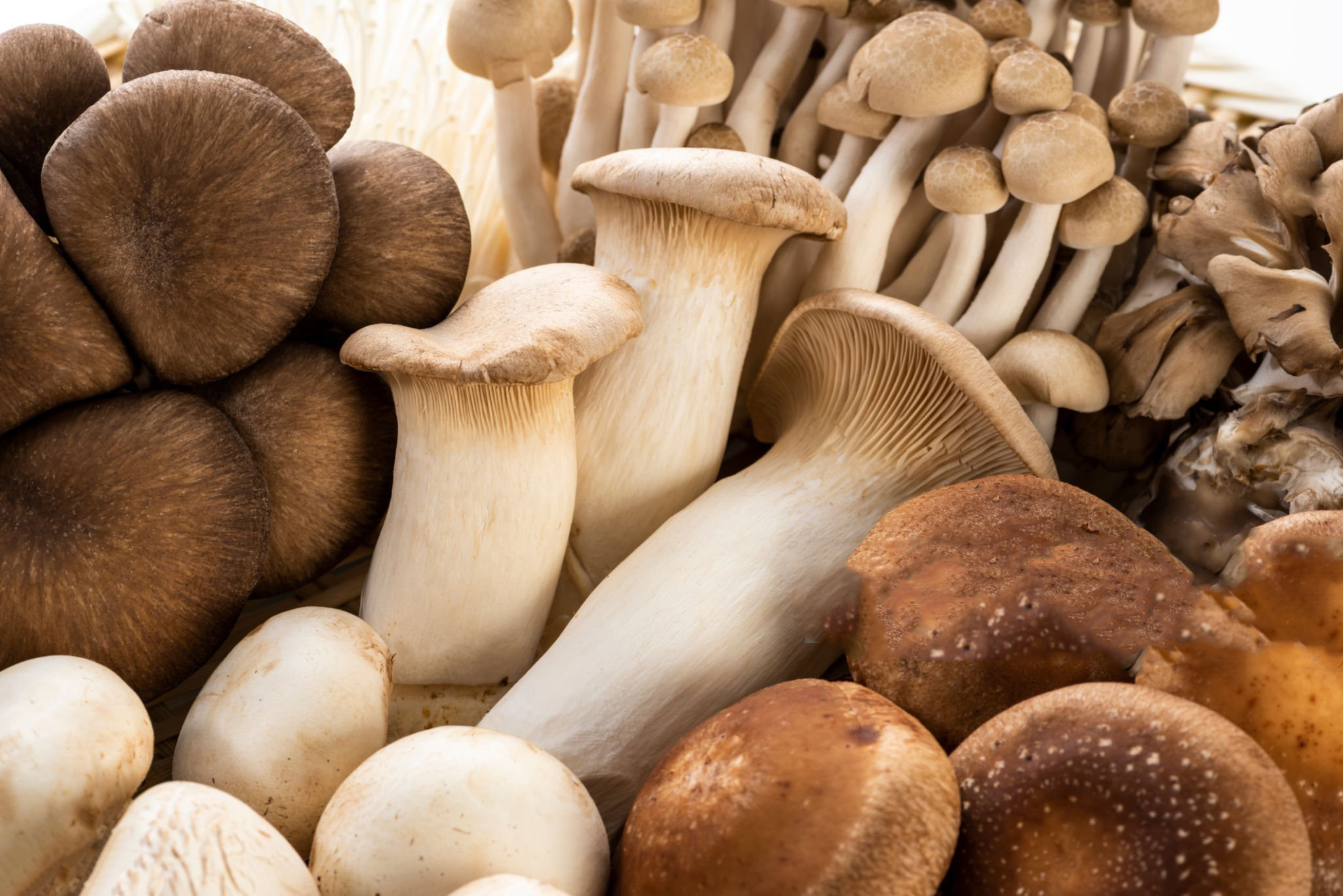
The role of edible and medicinal fungi in natureŌĆÖs ecological cycle system
From the perspective of origin, fungi appeared first, followed by animals and plants. If there were no fungi, plants would not even be able to move from the ocean to the land. Fungi built a very good "platform" for plants to land, allowing plants to move from aquatic to terrestrial, and plants can produce a large number of individuals. This provides the basic material conditions for the reproduction and survival of animals. Can we understand it this way: "On Earth, plants are producers, so we say that animals are consumers, and the waste produced by producers and consumers is actually decomposed and reduced by fungi and then enters the ecosystem." The fungi mentioned here do not refer specifically to the Basidiomycetes, but to all cellular microorganismsŃĆé
Edible and medicinal fungi are not a taxonomic term, but refer to a class of fungi with common characteristics. Like many microorganisms, edible and medicinal fungi play an important role in the ecological material cycle of nature. They work together and, after a long period of effort, decompose the remains of dead animals and plants to convert large molecular organic matter into small molecular nutrients for their own absorption and utilization, and release energy in the process.

The most prominent feature of edible and medicinal fungi is that they have a typical filamentous structure, called hyphae. These hyphae do not contain chlorophyll and therefore cannot photosynthesize. In a humid forest environment, when conditions are suitable, the hyphae of large fungi will expand radially to the surroundings, decompose, absorb and accumulate nutrients through saprophytic methods, thereby providing the necessary nutrition for the growth of edible and medicinal fungi. According to the different saprophytic methods, they can be divided into two categories: wood saprophytic and grass saprophytic. These fungi eventually convert organic matter into organic matter, realize material circulation, and return to the natural ecosystem.








